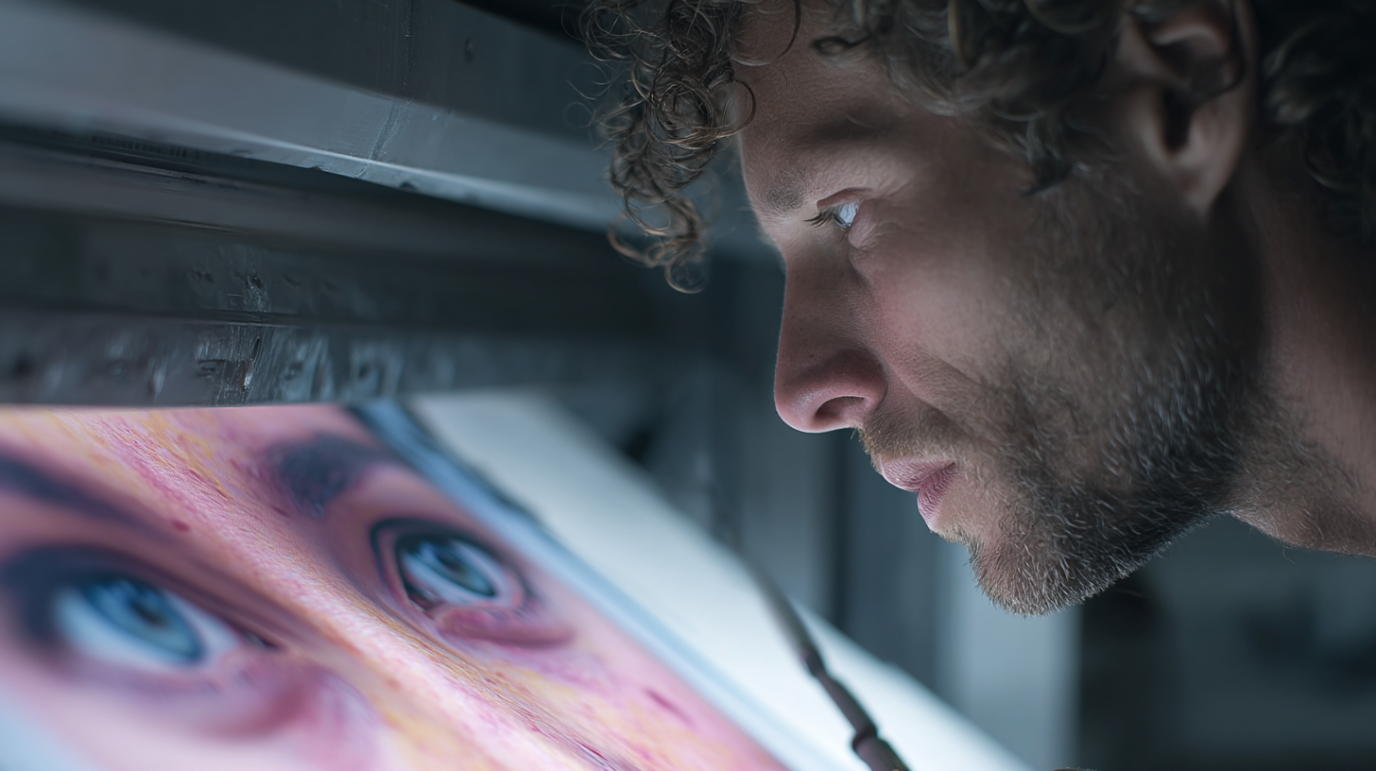If you're diving into the world of DTF (Direct-to-Film) printing, you probably already know that getting great print results isn’t just about the design or ink. The type of material you print on and the right heat press settings play a huge role in the final outcome. Let’s break down these two essential factors in a way that’s easy to follow.
Read more: What is DTF Printing
1. Material Characteristics for DTF Printing: Not All Fabrics Are Equal
Before you press that print, make sure you know what kind of fabric you're working with. Not every material will give you the best DTF results!
🔹 Fabric Density
Fabrics that are too loosely woven often don’t absorb the adhesive powder properly, which can lead to poor transfer. Denser materials help the powder stick better, resulting in a cleaner finish.
🔹 Surface Texture
The smoother the fabric, the better the print tends to look. Fabrics like combed cotton provide a clean, crisp result. On the other hand, rough or fuzzy materials can make the design look cracked or faded.
🔹 Fiber Composition
Cotton, polyester, and blends each behave differently. Cotton usually offers long-lasting results, while polyester is more sensitive to heat and needs extra care during pressing.
🔹 Fabric Base Color
The color of your fabric impacts whether you’ll need a white underbase in your design. For darker fabrics, a white layer is essential to make colors pop. So make sure your artwork includes that if you’re printing on black, navy, etc.
🔹 Heat Resistance
Always check if your fabric can handle high temperatures. Heat pressing can get really hot, and if the fabric can’t take the heat, it might melt or warp.
2. Heat Press Settings: Your Key to Flawless Transfers
Once you've chosen the right fabric, it’s time to dial in your heat press. One setting doesn’t fit all — different materials need different approaches.
🔹 Optimal Temperature by Material
Cotton: 160–170°C (320–338°F)
Polyester: 130–150°C (266–302°F)
Be careful not to overheat polyester — it can burn or shrink easily. For blends, go with a balanced temperature between the two.
🔹 Recommended Press Time
Generally, 10–15 seconds does the job for most materials. If your fabric is thick, you can increase the press time a little.
🔹 Pressure Level
DTF prints usually need medium to high pressure, depending on the fabric thickness. The thicker the material, the more pressure you’ll need.
🔹 Pre-Pressing: Don’t Skip It
Doing a quick pre-press for 3–5 seconds helps remove moisture and wrinkles from the fabric. This small step can make a big difference in how well your design transfers.
🔹 Cold Peel vs Hot Peel
Hot Peel: Remove the film while it’s still warm
Cold Peel: Wait until it cools down before peeling
Some fabrics work better with hot peel, others with cold peel — experiment and find what works best for your setup.
Final Thoughts: It’s All About Trial, Error, and Learning
To get the best DTF printing results:
Choose the right material: dense, smooth, and heat-resistant
Adjust your heat press settings: temp, time, pressure
Don’t skip the pre-press and know when to hot or cold peel
There’s no one-size-fits-all formula. The more you test and note your results, the better your prints will be in the long run.
Need Ready-to-Use Designs for Your DTF Prints?
Head over to vectorency.com — you’ll find thousands of high-quality design files, from SVG and PNG to print-ready DTF designs. It’s the perfect place to save time and elevate your DTF projects!
🔥 Check it out now at vectorency.com and find your next favorite design!


Comments (0)